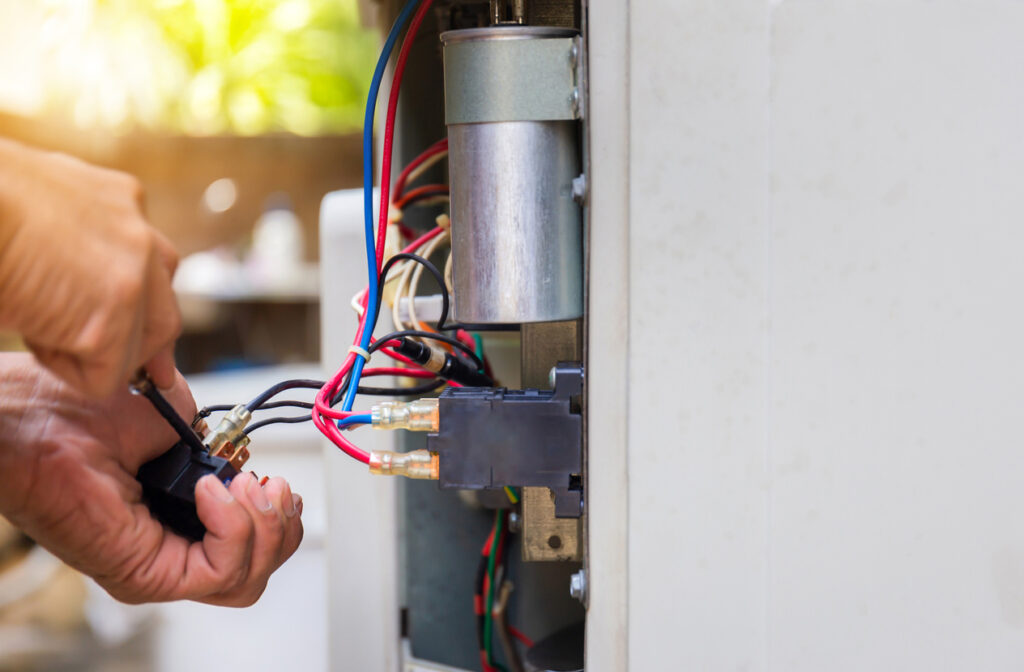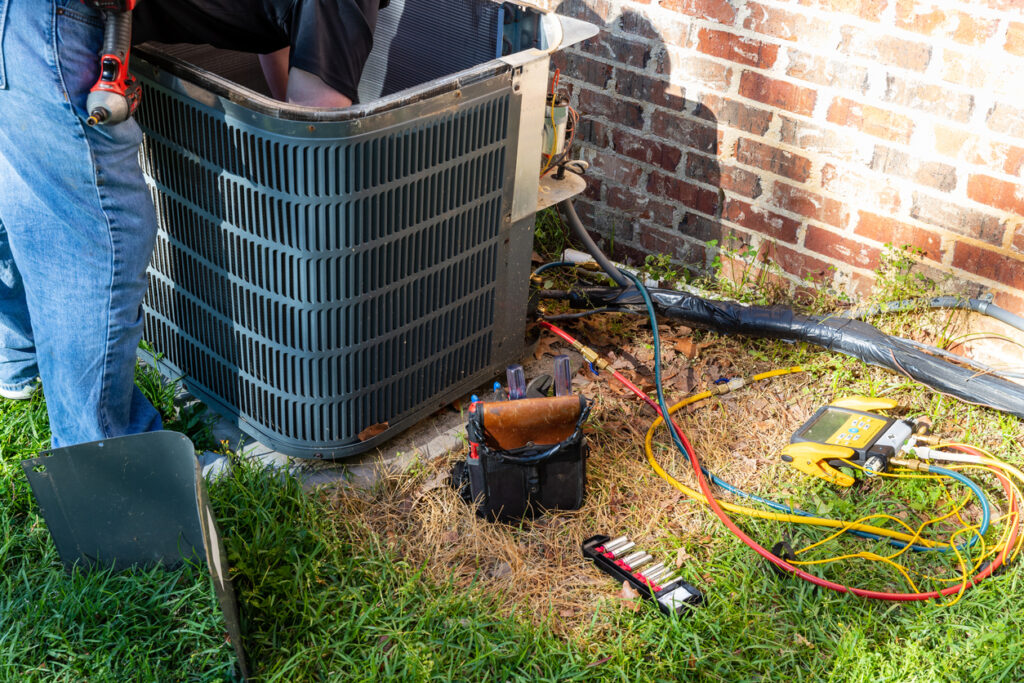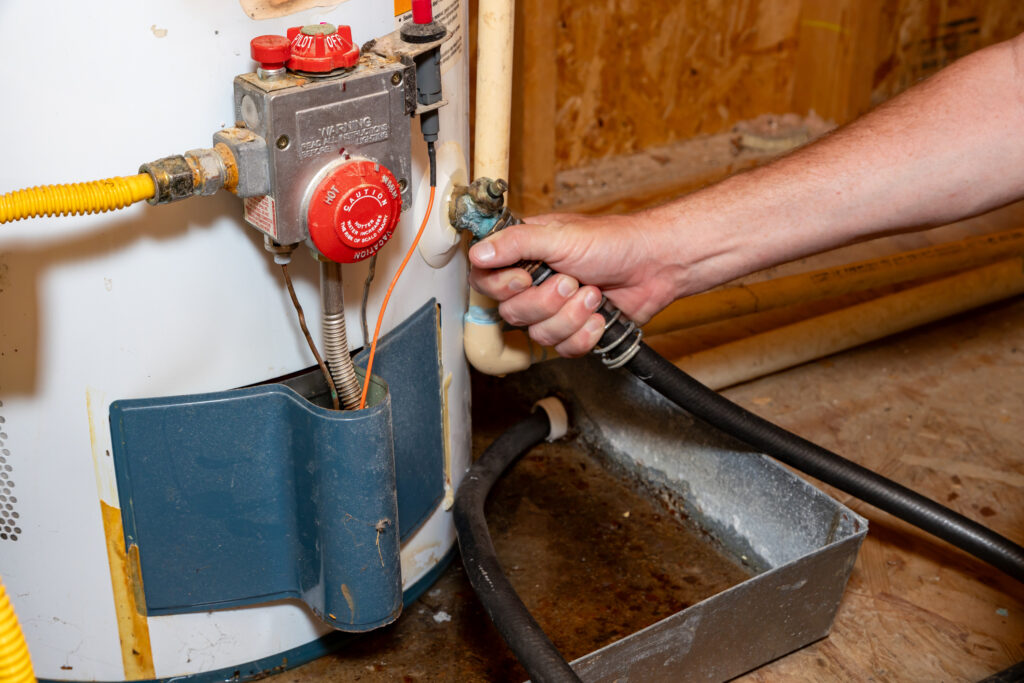Our Blog
Request Service
Request Service


Always Covered. Always Comfortable.TM with EASE Comfort®
We understand that installing a new heating or air conditioning system can be a significant investment. We help take the stress out of your installation project by offering the EASE Comfort® Program. Through this exclusive program, you’ll enjoy a new, high-efficiency system installation with no money down, no unexpected fees, and a no-hassle maintenance program tailored to your needs.







